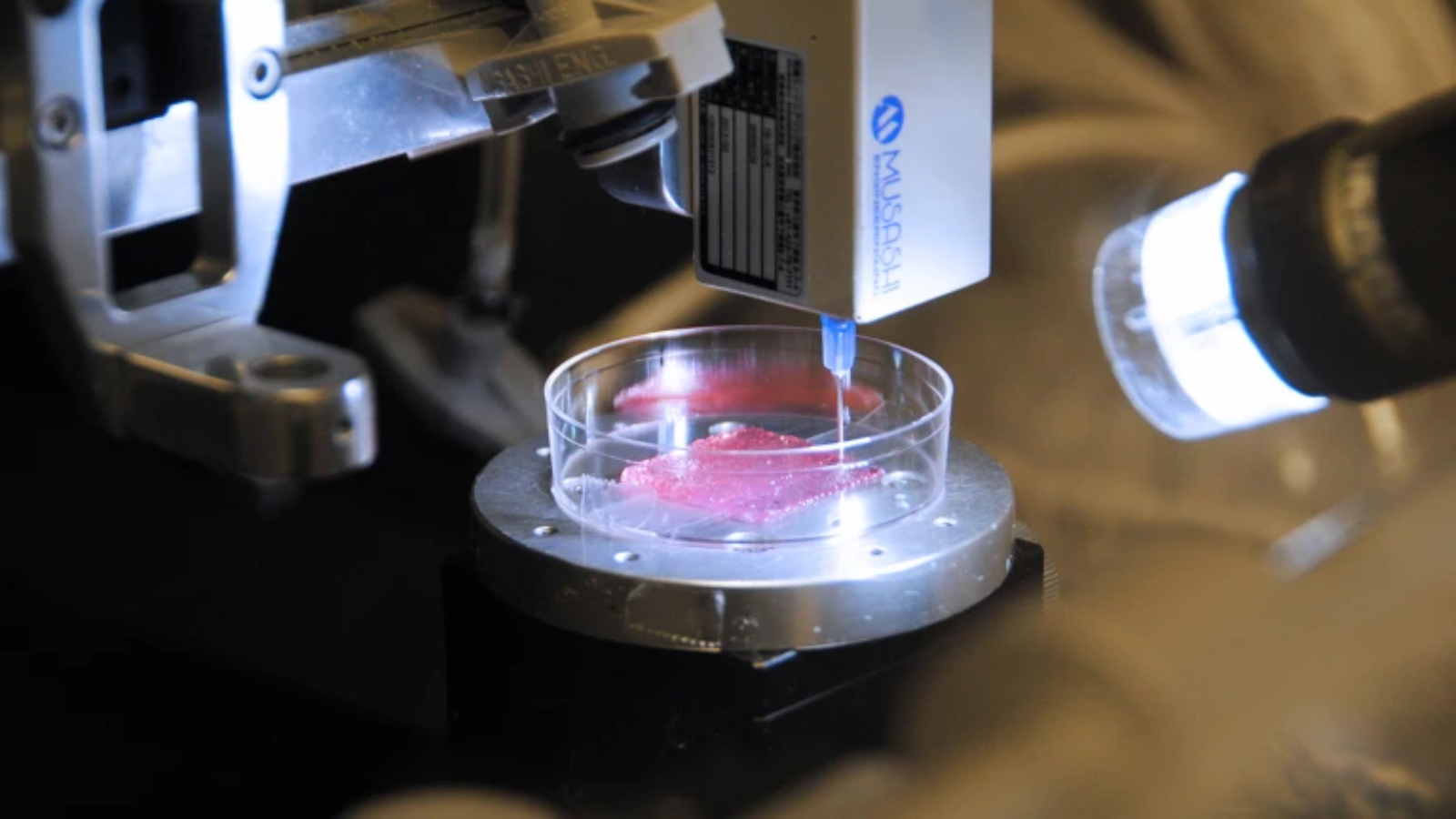Researchers are advancing lab-grown skin substitutes that could reshape treatment for burns and chronic wounds. A comprehensive overview of this progress, published in Nature Outlook: Skin, highlights how multilayer grafts are moving closer to clinical use. In 2023, Anthony Atala at Wake Forest University School of Medicine in Winston-Salem, North Carolina, reported a printed three-layer graft that included pigment cells, vasculature, and hair follicles. In pigs, these grafts successfully merged with host tissue. “Why don’t we engineer skin that is full thickness, so you can actually use that as a permanent graft — just like you would a patient’s own graft?” Atala asks.
Epidermal grafts have been available for decades. Vericel, a biotechnology company in Cambridge, Massachusetts, produces Epicel, an autologous epidermal sheet that protects superficial wounds and accelerates subsequent autograft repair. Organogenesis, a regenerative medicine firm in Canton, Massachusetts, developed Apligraf, a bilayer human-tissue product used as a temporary cover until autografts are available. For full-thickness burns that destroy both dermis and epidermis, such substitutes remain insufficient. “We’re transplanting an organ,” says Angela Gibson, a burn surgeon at the University of Wisconsin–Madison. “The challenge is, we have to create an organ.”
Laval University in Quebec is home to the self-assembled skin substitute (SASS) led by surgeon Véronique Moulin. Fibroblasts are cultured under conditions that allow them to produce extracellular matrix and form dermis before keratinocytes are added to build epidermis. A 2018 Canadian trial with 14 patients who had burns covering at least half their body showed a 95% graft success rate, with intact substitutes lasting up to eight years and producing minimal scarring. A larger trial involving 52 patients is in progress. Moulin’s group also uses rodent grafts to study scar formation.
Other laboratories take different routes. At Carlos III University of Madrid, bioengineer Diego Velasco embeds fibroblasts in a fibrin gel that mimics wound healing, then layers keratinocytes on top. Air exposure drives epidermal maturation, including the stratum corneum, while dermis develops within the gel. Velasco’s group also experiments with gel-encapsulated dermal papilla precursor cells to analyze follicle development when full hair structures cannot be included. At the University of Zurich, tissue engineer Agnes Klar is developing vascularized, three-layer substitutes that include the hypodermis, which provides metabolic and signaling support. “This is actually the most important thing for wound healing,” Klar says.

Cutiss, a Swiss biotechnology company spun out from this Zurich research, is advancing Klar’s bilayer denovoSkin. In February, the spin-out reported positive interim results from two phase II clinical trials in children and adults treated after burns or reconstructive surgery. A European phase III trial is planned, and a limited number of patients in the United States and Europe have already received the treatment under compassionate-use exemptions.
Bioprinting offers another strategy. Early efforts were hampered because printers designed for rugged polymers damaged living cells. Over the past 15 years, researchers including Atala and Pankaj Karande at Rensselaer Polytechnic Institute in Troy, New York, refined bioinks to survive deposition. Atala’s 2023 model arranged six donor-derived cell types with spatial accuracy. Karande emphasizes the importance of appendages. “Hair follicles really provide a house for the stem cells,” he says. “They become the agents to help with wound healing.”
Production times remain a constraint. Moulin notes that once established, about 1,000 cm² of SASS can be generated every two weeks, though achieving that cadence requires a two-month buildup. Atala estimates six weeks are needed to expand a biopsy into sufficient bioink, followed by an additional week before implantation. Karande sees potential for scaling. “If you can multiplex this, you don’t have to wait on one printer printing out a full-sized sheet of skin,” he says. “You could have ten printers do it at the same time.”
Manufacturing on Demand
Regulatory caution slows adoption. Restoring pigmentation with melanocytes improves function but raises safety concerns. “Everybody’s afraid of getting melanoma,” Klar says. Combining melanocytes with vascularized grafts intensifies the concern, making stepwise clinical introduction the norm.

Not all work aims directly at patients. Sue Gibbs, a cell biologist at Amsterdam University Medical Center, spent more than a decade at A-Skin, a Dutch start-up developing engineered substitutes for chronic wounds. After funding ended, her group shifted to laboratory systems. “You make them as simple as possible and as complex as required,” Gibbs says. Her team now builds multilayer constructs for body-on-a-chip devices that connect engineered skin to lymph nodes through fluidic channels lined with vascular and lymphatic cells. Such systems model melanoma metastasis and immune-mediated skin disease more accurately than animal studies.
Severe burns remain the most immediate target for engineered substitutes. Standard care relies on autografts stretched from limited donor skin, but when more than half the body is burned, options run out. Durable grafts such as SASS and denovoSkin provide early evidence that lab-grown tissue can integrate long term: SASS grafts have remained intact up to eight years, while interim denovoSkin trials report promising outcomes with low scarring.
The field has entered a pivotal stage. Donor-matched substitutes are moving from experimental prototypes toward therapies with durable clinical outcomes. As Atala works to industrialize tissue production, Karande points to parallels with other industries. “We are doing this on everything from semiconductor chips to car parts,” he says. “So why can’t it be done in biology?”

You might also like:
Battelle and Aprecia Partner with DARPA to Advance Agile Pharmaceutical Manufacturing: The EQUIP-A-Pharma program will explore how Battelle’s custom small-scale chemical synthesis platform, combined with Aprecia’s Z-Form Flex 3D printing technology, can accelerate U.S. drug production to provide high-quality, sustainable medications.
* This article is reprinted from 3D Printing Industry. If you are involved in infringement, please contact us to delete it.
Author: Anyer Tenorio Lara


Leave A Comment